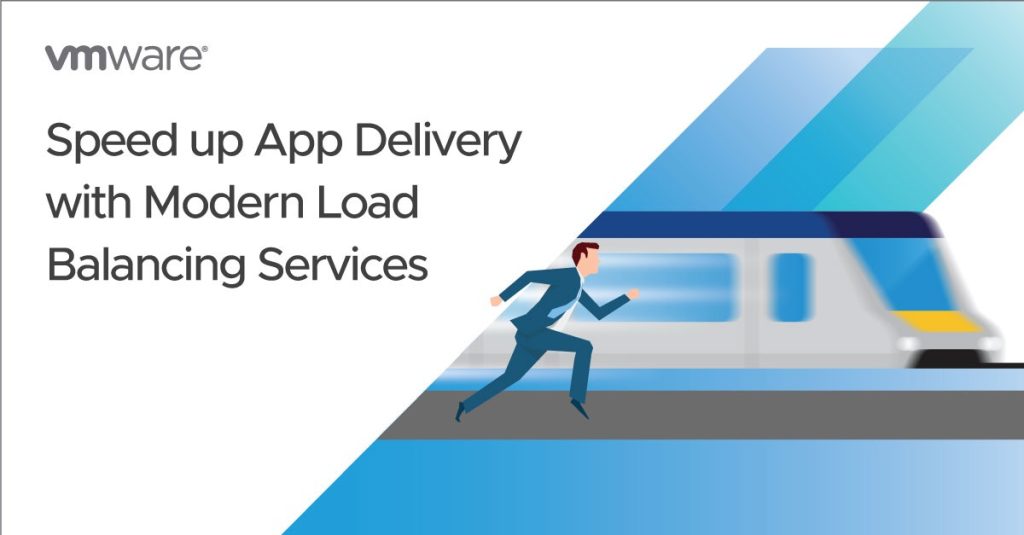In the dynamic realm of IT, time is of the essence. The ability of Cloud Service Providers to gain a competitive edge hinge on the rapid deployment and efficient operation of applications. Outdated legacy load balancers have emerged as impediments, slowing down the deployment of applications and stifling innovation. This discussion will delve into the pressing demand for swiftness in application deployments and how Cloud Service Providers can assist customers in circumventing the drawbacks of depending on legacy load balancers. We will also explore the game-changing potential of providing cutting-edge load balancing services, leveraging VMware’s NSX Advanced Load Balancer.
Legacy Load Balancers: The Architectural Relics
Cloud service providers can aid customers in transitioning from outdated load balancers to contemporary alternatives. A significant number of users are still reliant on hardware appliance-based solutions that are ill-suited for the cloud’s operational model. The fundamental design of these products has seen little evolution since the 1990s, resulting in a host of challenges for IT and application teams.
Empowering Seamless Transition to Modern Load Balancers
- Application Teams Stalled by Sluggish Deployment: With legacy load balancers, the process of provisioning new Virtual IPs (VIPs) can be painstakingly slow, ranging from days to weeks. This delay in deployment can significantly hinder application rollout timelines. As a cloud provider, it’s vital to understand the frustration faced by application teams when they encounter prolonged waiting periods to launch their applications within our cloud environment.
- Ticket Chaos: Legacy load balancers often entail a convoluted process that involves creating multiple tickets with different teams. To establish new VIPs, tickets are serialized for IP address allocation, DNS registration, firewall configuration, certificate management, and load balancer setup, introducing additional delays. Additionally, the lack of comprehensive or accurate information within tickets often leads to back-and-forth clarifications between application and networking teams. Collaboration turns into a juggling act, and the review cycles for tickets only further compound the delays.
- Complex Configurations: Configuring even fundamental features on legacy load balancers can become a time-consuming ordeal, as some of them require the creation of complex and error-prone TCL scripts for tasks as basic as HTTP redirection or content switching. This challenge is exacerbated as many networking teams lack TCL programming as a core skill set. Each TCL-based configuration demands meticulous attention and manual intervention, heightening the risk of errors. Moreover, our IT team must constantly assess the hardware capacity constraints of legacy load balancers before enabling new VIPs. If there is no spare capacity available, our team is compelled to wait for several months until new hardware-based legacy load balancers are ordered, received, and deployed.
- Escalating Challenges: As the number of applications, VIPs, data centers, and cloud environments continues to expand, the delays in VIP deployment only compound further. As a cloud provider, it is imperative that we act promptly to deploy modern load balancing services, thereby alleviating the frustrations of application teams in relation to sluggish VIP delivery. Failure to do so will only result in an exacerbation of these challenges.
The VMware NSX Advanced Load Balancer: From Snail to Supersonic
In the realm of accelerated application deployments, VMware’s NSX Advanced Load Balancer stands out as a beacon of transformation for cloud service providers. Leveraging a modern software-defined scale-out architecture, the NSX Advanced Load Balancer offers elastic autoscaling, comprehensive end-to-end analytics, and complete automation tailored to the cloud operating model. Here’s how the NSX Advanced Load Balancer empowers cloud providers:
- Swift Deployment, Delighted Application Teams: With the NSX Advanced Load Balancer, cloud providers can revolutionize the provisioning of new VIPs, reducing what used to take weeks to mere minutes. This remarkable reduction in deployment time liberates application teams to concentrate on what truly matters – crafting exceptional applications and deploying them swiftly.
- Harmony Through Automation and Self-Service: Automation is at the core of the NSX Advanced Load Balancer. Automation services streamline the deployment pipeline, eliminating manual bottlenecks. By delivering supersonic application deployment speeds through load-balancing services, the NSX Advanced Load Balancer also enables self-service for routine tasks of application teams, such as adding or deleting a VIP or managing server pool configurations. Additionally, the auto-scaling feature ensures that hardware capacity constraints are no longer a concern when provisioning new VIPs.
- Effortless Configurations: Most features within the NSX Advanced Load Balancer come enabled by default or can be configured with simple UI interactions. No longer do teams need to write complex, error-prone TCL scripts for essential functions like HTTP redirects or content switching. Why engage in scripting when you can achieve configurations with a few clicks? This user-friendly approach ensures teams spend less time wrestling with settings and more time optimizing application performance or focusing on strategic tasks.
- Seize Control: Unlike legacy load balancers, often tethered to specific hardware, the NSX Advanced Load Balancer is built on a software-based, scale-out architecture. Engineered for speed and extensive automation, this agility liberates your customers from the constraints of hardware-based legacy load balancers. Provide services that can effortlessly scale across all applications in data centers, clouds, and hybrid environments. It’s time to empower your customers’ application teams, making them happier and more productive.

Deliver Services with a Modern Load Balancing Services with NSX Advanced Load Balancer
In today’s application-driven economy, where swiftness is of the essence and any delay comes at a high cost, the essential move is to revamp your cloud services with VMware’s NSX Advanced Load Balancer. Bid farewell to customer frustration by eradicating sluggish application deployments, the endless back-and-forth of ticket management, and the intricacies of configurations. Embrace the future of expeditious application deployment and updates, coupled with the cloud operating model. Elevate your operations with modern load balancing services and let the NSX Advanced Load Balancer serve as the catalyst driving your business forward. Delay not – the imperative for velocity is here and now. Learn more.




